Everything You Need To Know About Smart Energy Management
Energy and electricity usage has always been a concern for home and business owners.
Energy and electricity usage has always been a concern for home and business owners. As resources become more scarce and electric costs continue to rise, it is important for families and businesses to be aware of how they are utilizing their energy and how to use it the most efficiently. One of the ways that they can do this is by installing an energy management system which helps the user understand when they use the most energy and the best techniques the can implement to conserve.
Smart energy management is a way to understand smart energy and how the systems work most efficiently. Some smart energy systems are basic like energy saving air conditioners or using smart appliances. Some smart energy systems are more complex, like multi-building automation utility systems and installation of solar panels. Depending on the type of smart energy used there are ways to manage the systems and enhance their abilities to save energy.
Sometimes the first step in energy management is to diagnose potential energy losses and existing problems in traditional commercial, residential and industrial energy systems. By simply installing an energy management system which uses technology to identify wasted electricity, times of high usage and monitoring, you know how much energy is being used and when.
The Different Types of Smart Energy
For Home
As technologies continue to advance, homeowners have found ways to help lower their utility bills and conserve electricity. There is the installation of home appliances that are energy-saving like dishwashers, washing machines, dryers and air conditioners. They also install better insulation in their walls, double paned windows and energy saving window coverings (blinds, black out curtains) that enhance their control over the temperature in their home. Homes also have automatic or motion sensitive lighting or electric outlets that turn off when they are not being used.
For Business
Businesses and commercial buildings are similar to homes but must consider how to save energy on a larger scale. Like homes, businesses have installed energy-efficient HVAC systems and have remodeled buildings to have thicker, tinted windows and better insulation. They have also implemented lighting systems that turn off at certain times of the day (after everyone has gone home) or only turn on when they detect motion. They have also changed the type of fluorescent bulbs used in lighting fixtures and use power saving outlets/power strips to run their computers and electronic office devices (printers, copiers, etc.)
Forms of Smart Energy Management
Smart energy management takes the methods that homes and businesses already use to the next level, promoting the highest level of energy conservation.
For the home there are many devices that can be plugged in or installed to existing systems that will allow the home owner to track energy uses. One of these devices is an electricity monitor that goes onto the home’s breaker panel and receives data from the powerlines that connect to the home. The receiving unit can be plugged into any outlet in the home and the software installed will relay the information from the breaker to your smart phone or computer. The monitor also keeps track of data over a 10-year period so the homeowner can discover how their improvements to the home have impacted their energy use. Another device for the home is a smart meter that turns any outlet into a smart energy management system. By simply plugging the meter into an outlet it will relay information about whatever is plugged into it and control the power to the plugged-in devices. The meter communicates with its gateway or network which then transfers data to the user who can monitor energy level, usage statuses, range or strange behavior.
There are also Bluetooth monitoring systems that plug straight into sensors located throughout the home that monitor the home’s temperature, humidity, air quality and air pressure. These sensors transfer data to an app which shows energy usage levels and even lets the home owner turn on/off air conditioning units and other appliances. Another Bluetooth system attaches straight to the outside utility meter to track usage and reports it to the devices in the home. This system offers reports in real-time so the user can know exactly when the meter outside is registering energy use.
For commercial buildings and large businesses there are many smart energy management systems and agencies that aid in conservation. First, the U.S. Department of Energy has started a campaign called Smart Energy Analytics which encourages businesses to use smart energy management systems. The goal is to improve monitoring techniques and energy saving practices that improve the building’s energy efficiency.
There are several EMIS (energy management and information systems) that are technologies aimed at making energy systems automated, tracking utility bills, detection of weaknesses and other tools for diagnosing problems and solutions. They also offer the analysis of energy use whether it be with lighting or office appliances.
In both the home and office, there is a technology called Smart Grid which monitors what is used inside and communicates that with the consumer and the utility company. Since the system communicates with the energy company – it can know peak-hours, energy draining appliances and keep track of what source uses the most energy. By having access to the utility company’s information – the system can schedule certain plugs (for electric cars) or appliances (like pool pumps) to turn on during off-peak hours. By utilizing this information business and home owners can save money and energy all year round.
Now more than ever, it is important for consumers to monitor their carbon-footprint. Updating home and office energy systems so that they are more efficient is one step forward to change how we consume electricity. By managing these systems with new technologies and software we can reduce our cost and our carbon footprint. Government and city agencies have given incentives for homes that do install energy saving practices. Smart Energy Management systems can truly change how we view our energy usage and reduce waste. These systems make it easier for consumers to monitor their usage and make effective changes.





